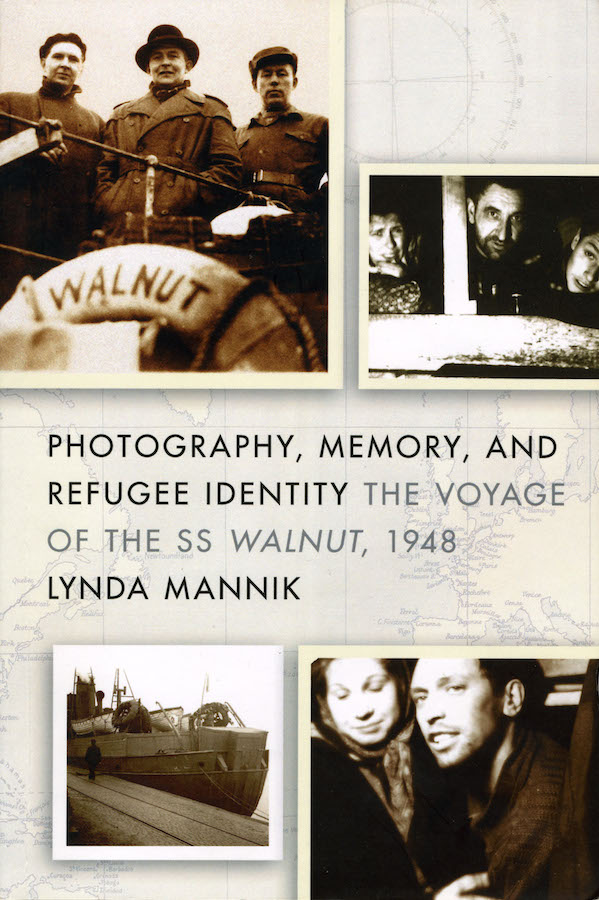The ship had been purchased outright in Sweden, and those on board were legally stateless, as Estonia was under Soviet occupation and their previous citizenship in Estonia was no longer internationally recognized. The fear of being returned to Soviet occupied Estonia by Swedish authorities was great, prompting many to undertake a perilous and long sea journey. Canadian officials were at a loss when it came to these 347 brave souls. They owned the ship, could not be returned to their country of origin, as was done regularly with stowaways and others hoping to create a new life in the land of the Maple Leaf. Media attention, notably in The Toronto Star and The Globe and Mail forced immigration officials to accept the Estonians, thus also creating a precedent for future refugee claimants.
The Pier 21 display has now been most excellently been complemented by anthropologist Lynda Männik's, a daughter of one of the passengers, book on the experience and its ramifications. This is a dense and superbly researched works, centering not only on photographs taken at the time, meant initially for personal memories,...
Täismahus artikkel on loetav Eesti Elu tellijatele
Igal nädalal toome me sinuni kõige olulisemad kogukonna uudised ja eksklusiivsed lood uutelt kolumnistidelt. Räägime eestlastele südamelähedastest teemadest, kogukonna tegijatest ja sündmustest. Loodame sinu toele, et meie kogukonna leht jätkuks pikkadeks aastateks.
Hind alates $2.30 nädalas.




